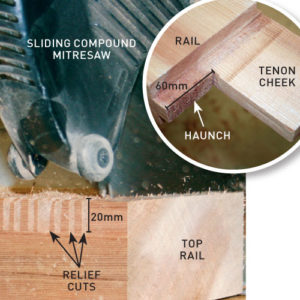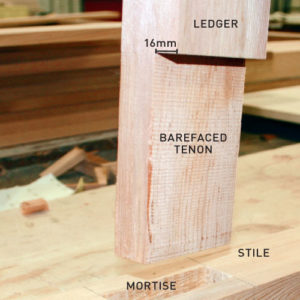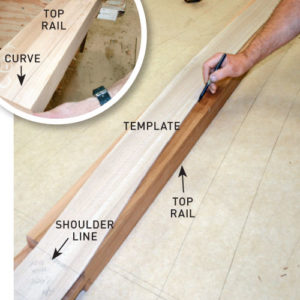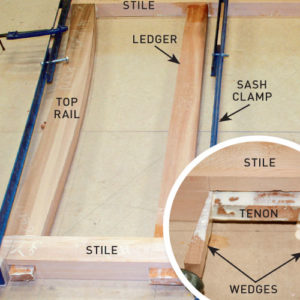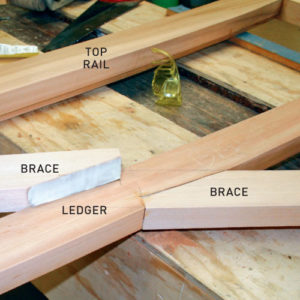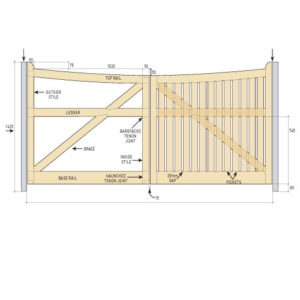Build A Timber Fence

Make a driveway entrance for your property for just $1000.
This homestead had a boundary defined by a fence with brick columns flanking the driveway entry, but there weren’t any gates.
To match the architectural style and colour of the country home, lightweight gates were built.
Spanning nearly 3500mm, they are made from dressed all round (DAR) Western red cedar and hung on 75mm square galvanised posts that are concreted into the ground.
Electric openers secured to the posts are powered by a solar panel for automatic movement, with a stop installed in the ground at the front.
Each gate is 1700mm wide with 15mm clearance between the stiles and posts, and a 15mm gap at the centre.
Mark a full-size setout on two 2400 x 1200mm sheets of MDF, check the parts are square and aligned, then cut out the timber pieces and position them on the MDF setout.
Joining the ledger and brace
The ledger secures to the stiles and is notched at the centre to hold the brace. The brace is cut on an angle
to fit into the corners of the frame and spliced to lock into the ledger.
TIP The brace transfers part of the weight of the gate to the hinged side, offsetting the tendency to sag.
Step1. Position the brace
Position the brace between the frame corners so it runs from the base hinge up to the latch. Mark the angles to fit into the corners, cut, then mark where it crosses the ledger.
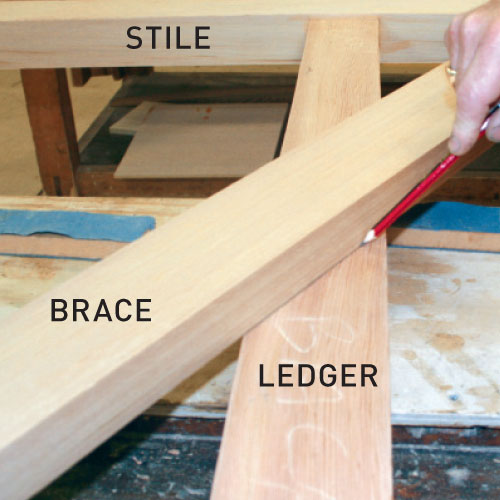
Step 2. Mark up the ledger
Mark up the ledger with 60º angles at the end of the lines. Measure 25mm in to mark a lineback to the edge, using a jigsaw to cut the waste on both sides.
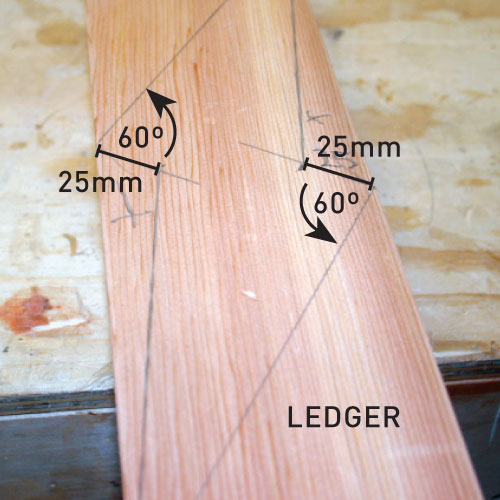
Step 3. Reposition the brace
Reposition the brace in the frame corners to mark the ledger cutouts on it. Use a jigsaw to cut the brace to fit, securing with exterior PVA adhesive and galvanised nails skewed into the ledger.
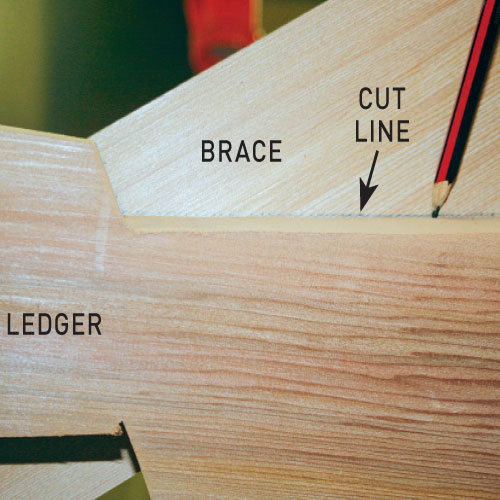
Haunched mortise and tenon
This has a tenon that is one-third the thickness of the timber that passes through the stile, plus a mortise that is the socket to match. The haunch is a short section of the tenon that fits into the groove beside the mortise to keep the joint from twisting.
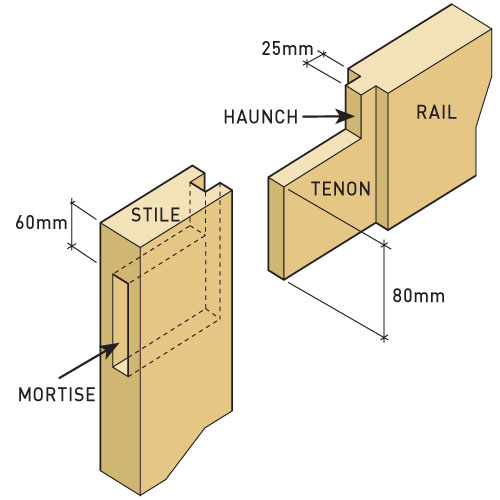
Barefaced mortise and tenon
This is used when the rails and ledger are thinner than the stiles. It has a tenon with one shoulder, which allows the width to be increased to half the thickness of the timber, making the joint stronger.
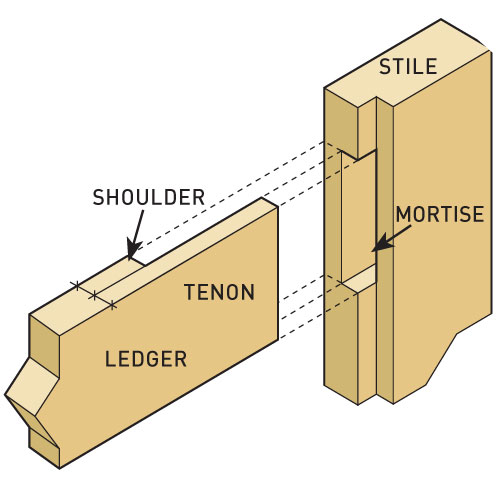
Build the gates
